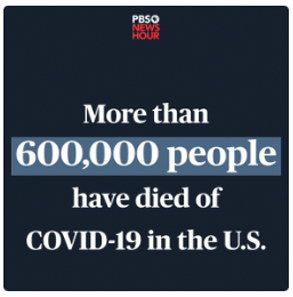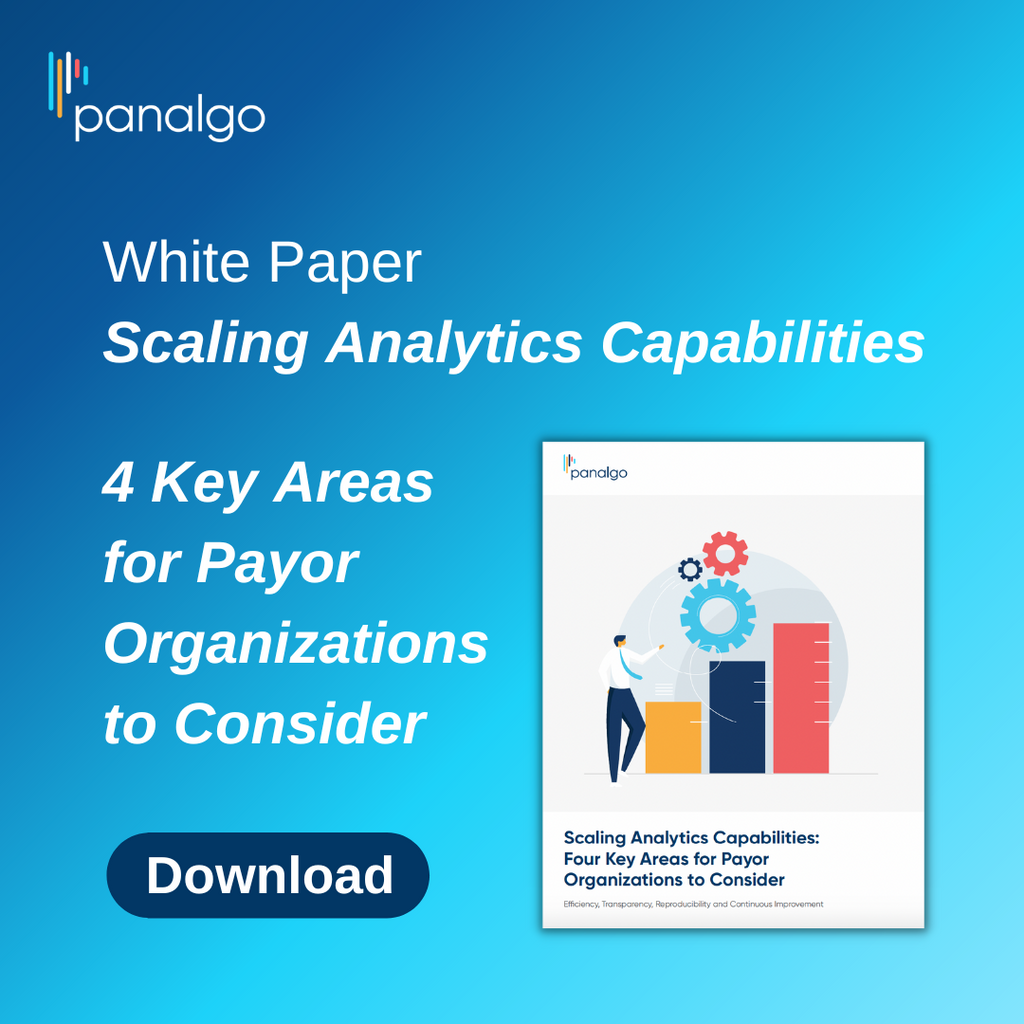Part D Formularies Get More Restrictive, but MA-PDs Beat PDPs on Access
-
Apr 04, 2024
Medicare Part D formularies are becoming more restrictive over time, asserts new research published in the March issue of Health Affairs. Studying Medicare administrative data that included Part D claims and plan formulary characteristics, researchers from the University of Southern California and Blaylock Health Economics found that utilization management tactics such as prior authorization, step therapy and formulary exclusions became far more commonplace between 2011 and 2020. In 2011, an average of 31.9% of drugs were restricted in some form, vs. 44.4% in 2020.
Restrictions varied based on drug costs and the availability of generic alternatives to brand-name drugs. Nearly 70% of brand-name compounds with no generic alternatives were restricted in 2020, compared to 30% of drugs with generic availability. Additionally, the lower the cost of the drug, the less likely it was to be restricted. In 2020, only 16.7% of drugs with generic availability that cost less than $100 per prescription faced restrictions, vs. 83.7% of brand-name only drugs that cost more than $1,000.
Stand-alone Prescription Drug Plans (PDPs) were found to be more restrictive than Medicare Advantage Prescription Drug (MA-PD) plans. On average, stand-alone PDPs excluded 48.1% of brand-name only drugs in 2020, and they restricted another 23.6% via prior authorization or step therapy. MA-PD plans, meanwhile, excluded 41% of brand-only compounds and applied prior authorization or step therapy to an additional 23.9%.
The study authors pointed out that their findings challenge the perception that Medicare Advantage is more restrictive about drug utilization. There could be several reasons for this. “Unlike stand-alone plans, MA-PD plans are also responsible for their beneficiaries’ medical claims, so if an expensive drug can keep a patient out of the hospital or reduce the need for outpatient care or expensive procedures, MA-PD plans have a stronger financial incentive to provide access to it,” they wrote. They noted that MA organizations could also be using other tactics outside of formulary design to control utilization, such as provider peer comparisons.
Formulary exclusions were by far the most commonly used utilization management tactic, which researchers found “especially striking,” and a “particularly blunt tool for restricting patients’ access to therapies,” as only those who can afford to pay for a restricted therapy out of pocket (or successfully appeal their insurer) can access those products. The study authors concluded that more research is needed, because it’s unclear if these restrictions are being used for true cost-effectiveness, or to “benefit pharmacy benefit managers’ bottom lines while harming patients.”
This infographic was reprinted from AIS Health’s biweekly publication Radar on Medicare Advantage.
© 2025 MMIT











